As the automotive industry accelerates toward a future dominated by autonomous vehicles, consumers are increasingly seeking features they can trust to ensure safety and reliability. Buyers are interested in understanding which technologies are dependable and what makes them trustworthy, which is crucial as more manufacturers enter the autonomous driving market.
Understanding Autonomous Driving Levels
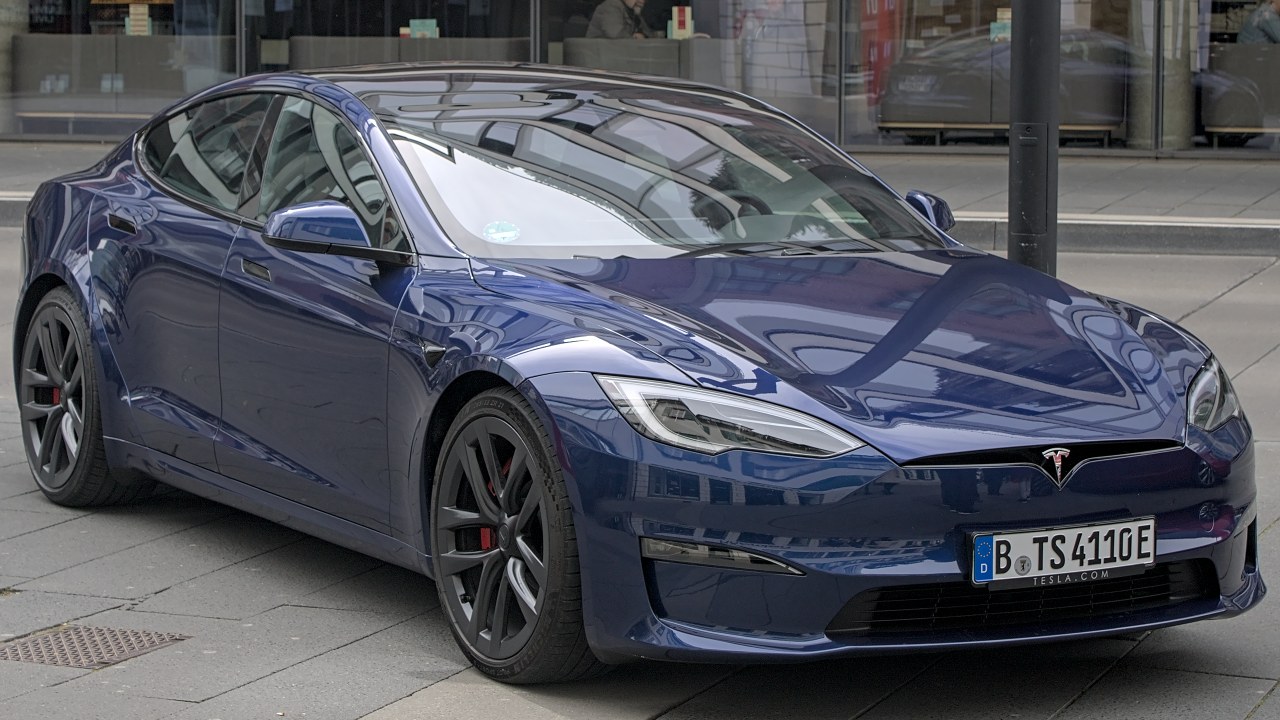
The Society of Automotive Engineers (SAE) has defined six levels of driving automation, ranging from Level 0, which involves no automation, to Level 5, where the vehicle is fully autonomous, requiring no driver involvement. At Level 1, features like adaptive cruise control assist the driver, while Level 2 combines two or more automated functions, such as steering and acceleration. Level 3 allows the vehicle to handle all driving tasks under specific conditions but requires the driver to be ready to take control. Levels 4 and 5 represent high and full automation, respectively, with Level 5 eliminating the need for a steering wheel.
Currently, most vehicles available to consumers feature Level 2 technology. Manufacturers like Tesla, with its Autopilot system, and General Motors, using Super Cruise, offer these semi-autonomous features. While fully autonomous vehicles (Level 5) are not yet commercially available, significant advancements in Levels 3 and 4 are paving the way for broader adoption.
Key Safety Features to Look For

Advanced Driver Assistance Systems (ADAS) are critical components of autonomous vehicles, providing safety and convenience. Features such as adaptive cruise control help maintain a safe distance from the vehicle ahead, while lane-keeping assistance ensures the car stays within its lane. Automatic emergency braking systems can detect obstacles and apply brakes if the driver fails to react in time. These systems work together to enhance vehicle safety and provide peace of mind to drivers.
Redundancy systems play a vital role in maintaining safety in autonomous vehicles. These systems involve having multiple layers of backup, such as additional sensors and communication frameworks, to ensure that a single point of failure does not compromise the vehicle’s safety. Tesla’s approach, which includes using both radar and camera systems for redundancy, exemplifies this strategy. Such fail-safes are integral to earning consumer trust and ensuring reliable operation even in the event of a malfunction.
The Role of Artificial Intelligence
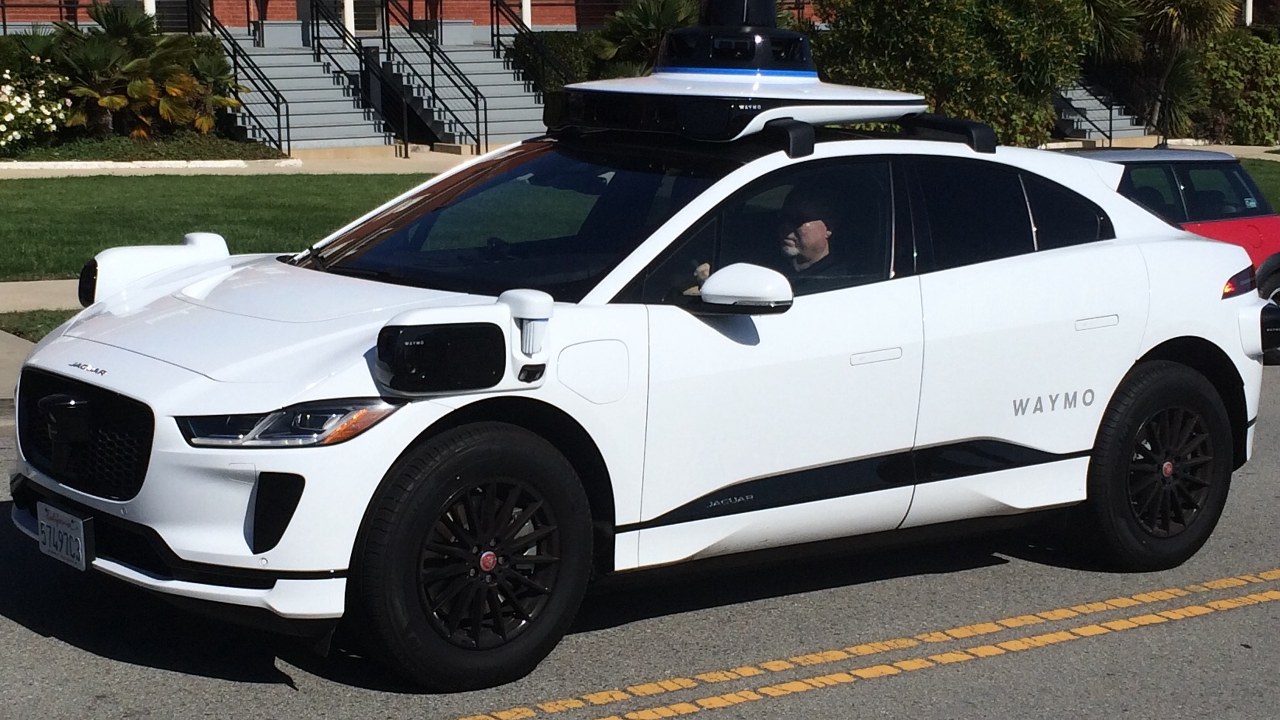
Artificial Intelligence (AI) technologies, including machine learning and computer vision, are at the heart of autonomous vehicles. These technologies enable cars to interpret and respond to their surroundings by processing data from cameras, radar, and lidar sensors. For instance, Waymo’s self-driving cars use AI to identify pedestrians, cyclists, and other vehicles, allowing them to make informed decisions and navigate complex environments safely.
One of the most compelling aspects of AI in autonomous driving is its ability to learn and improve over time. Through software updates and real-world experience, these systems continuously enhance their performance. Tesla’s over-the-air updates, which provide improvements to Autopilot features, illustrate how AI-driven systems can evolve, offering consumers improved safety and functionality without the need for new hardware.
Regulatory Standards and Testing
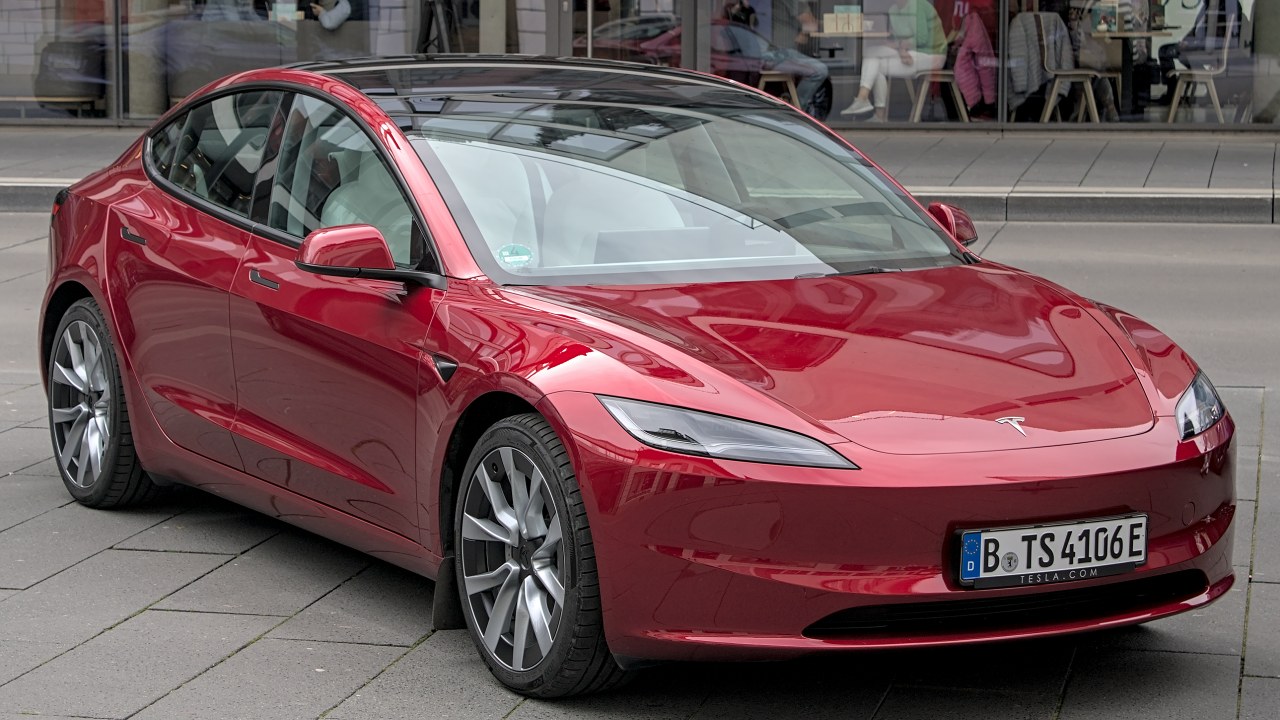
The regulatory landscape for autonomous vehicles is evolving as governments aim to balance innovation with safety. In the United States, the National Highway Traffic Safety Administration (NHTSA) provides guidelines for testing and deploying autonomous vehicles, while the European Union has established its own set of regulations. These frameworks ensure that vehicles meet safety standards before they reach the market.
Crash testing and safety ratings are essential in building consumer trust in autonomous vehicles. Organizations such as the Insurance Institute for Highway Safety (IIHS) and Euro NCAP conduct rigorous crash tests to evaluate vehicle safety. High safety ratings from these organizations are crucial for manufacturers to demonstrate the reliability of their autonomous technologies and reassure potential buyers.
Consumer Trust and Adoption

Public perception plays a significant role in the adoption of autonomous vehicles. While some consumers are excited about the potential of self-driving cars, others are hesitant due to safety concerns. Educating consumers about the benefits and limitations of autonomous technologies is vital in addressing these concerns. Initiatives like Volvo’s “Drive Me” project, which involves members of the public in testing autonomous vehicles, aim to increase consumer understanding and acceptance.
Manufacturers employ various strategies to build consumer confidence in autonomous technologies. Transparency about the capabilities and limitations of these systems is crucial, as is real-world testing that demonstrates their reliability. By showcasing successful case studies and maintaining open communication with the public, companies can foster trust and encourage wider adoption of autonomous vehicles.
Like Fast Lane Only’s content? Be sure to follow us.
Here’s more from us:
*Created with AI assistance and editor review.


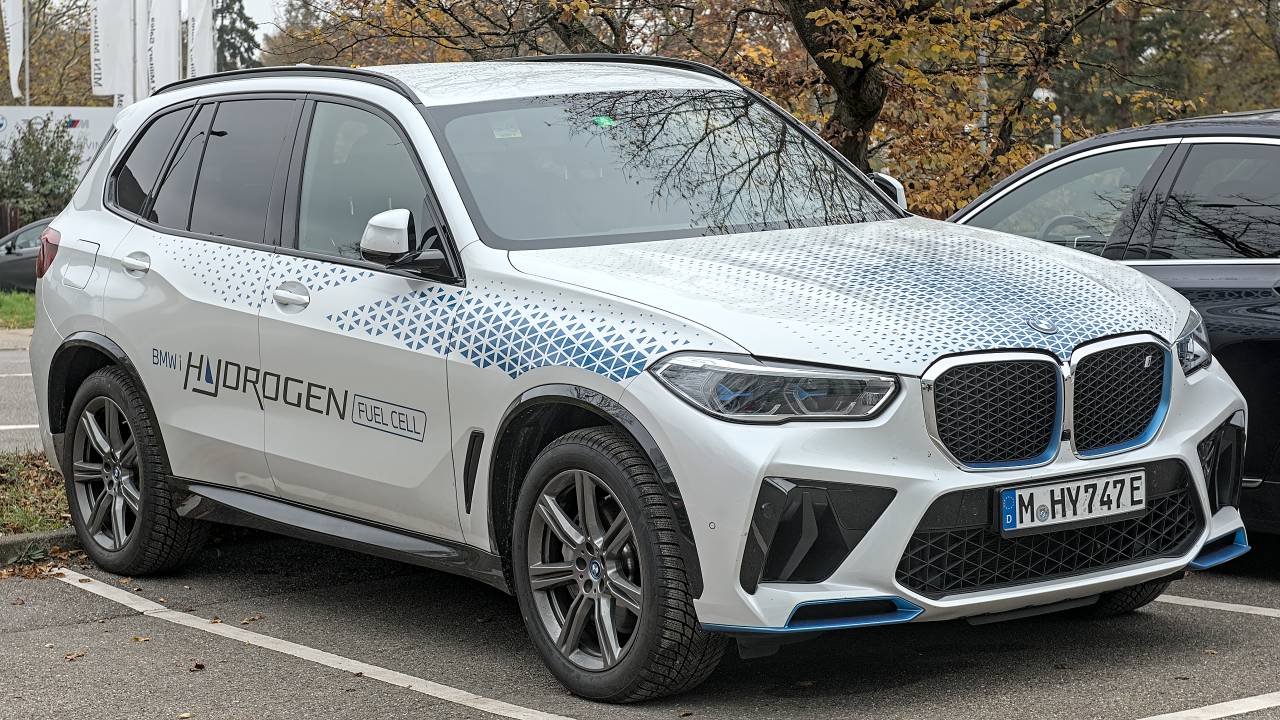
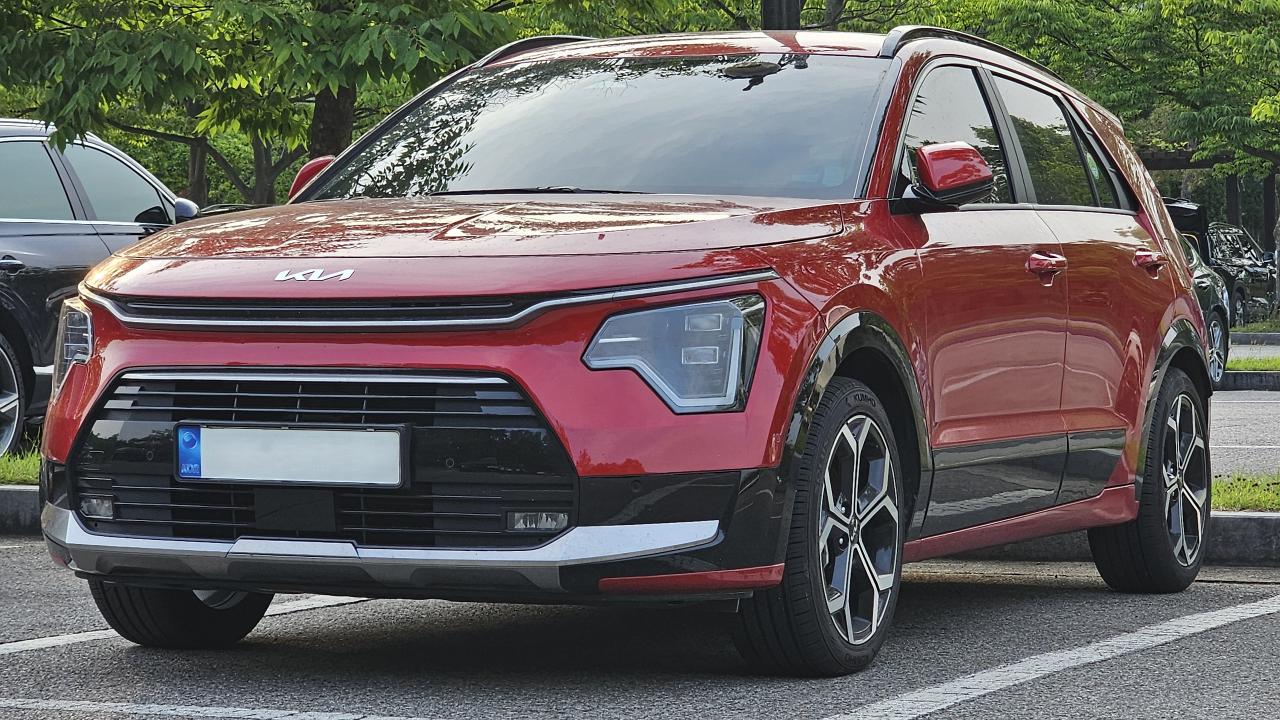
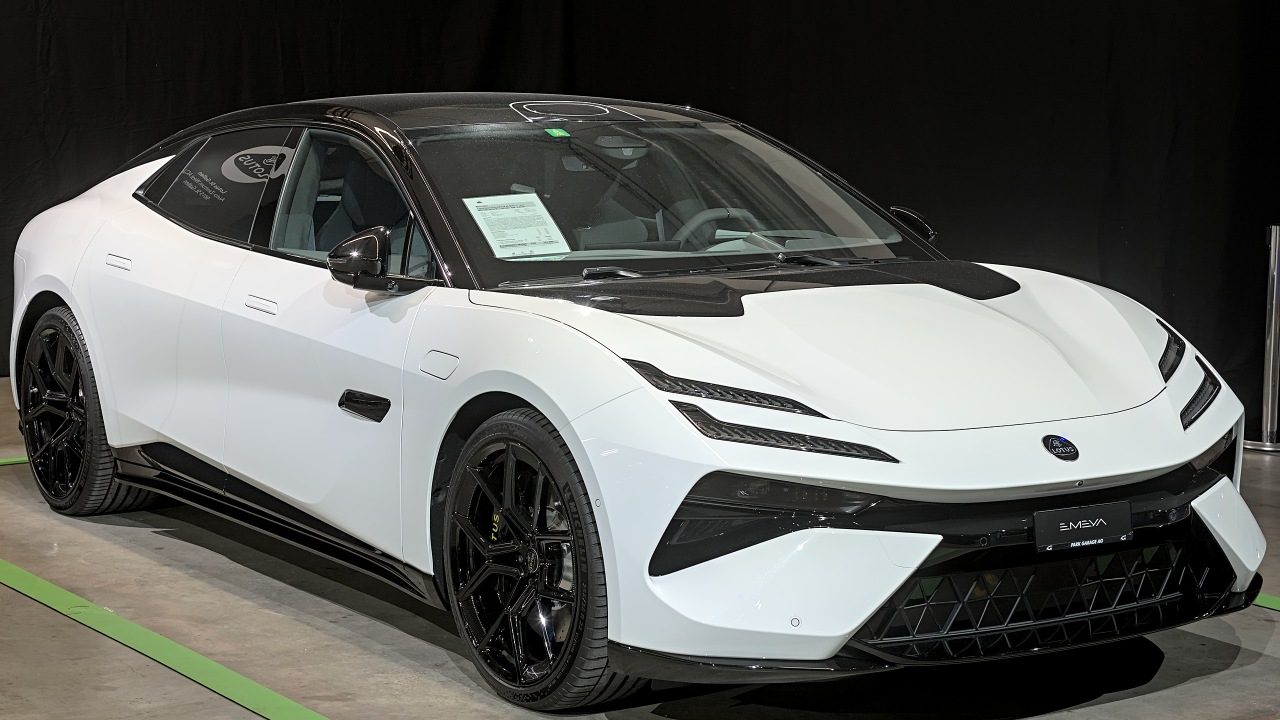

Leave a Reply